Ski Carving Mistakes: How to Carve Better and Avoid Common Errors in Your Ski Technique
May 28, 2025 | Uncategorized
Want to make powerful, smooth, and clean turns on the slope? Then it’s time to fix the ski carving mistakes that are holding you back. Whether you’re a beginner or working toward advanced skiing, avoiding these common issues will improve your ski technique dramatically. In this guide, we’ll walk you through the top 10 most common carving mistakes, explain why they happen, and show you how to correct them with practical ski tips. If you’re learning to carve or struggling to progress, this list will help you carve on skis with confidence and precision.
10 Ski Carving Mistakes and How to Fix Them
Mistake 1: Skidding Instead of Carving
One of the most common carving mistakes is skidding instead of carving. If your skis are leaving wide, smeared tracks behind rather than narrow, clean arcs, you’re likely skidding. This often happens when you’re not engaging the edge of the ski properly or failing to roll the skis onto the edges of your skis. Skidding results in a loss of control and inefficient movement on the slope. To fix this, focus on using the sidecut of your skis and trusting the shape to guide your turn. Engage your edges with a gradual increase in edge angle by flexing your knees and ankles, and let your skis do the work without forcing them to turn.
Mistake 2: Leaning Too Far Forward
While you may have heard the phrase “get forward” in ski lessons, leaning too far forward is a common mistake that throws off your balance. Too much pressure on the tips can cause the tail of your ski to lift, reducing your ability to maintain edge grip. When you lean excessively into the front of your boots, it compromises your ability to complete a turn. Instead, aim for a centered stance where your weight is evenly distributed across the whole foot. Being centered improves edge engagement and makes it easier to manage your speed on both gentle and steeper slopes.
Mistake 3: Using the Upper Body to Turn
Another frequent error is turning the skis using the upper body rather than the lower body. Rotating your upper body disrupts your alignment and causes instability, especially while trying to perform carved turns. This is typically seen in skiers who haven’t developed trust in their equipment or are trying to force the turn. The correction here is to keep your upper body facing downhill and initiate the turn with your legs. Let your skis turn beneath a quiet upper body. This not only keeps your balance more stable but also enables cleaner, more controlled ski turns.
Mistake 4: Not Completing the Turn
Failing to complete the turn is a carving mistake that often leads to losing control and building up a lot of speed unintentionally. This happens when skiers cut off the end of the turn, pointing the skis downhill too quickly and entering the fall line without speed control. To correct this, allow your skis to fully arc across the slope. Stay on your edge until your skis are pointing across or even slightly uphill before transitioning into your next turn. This technique improves flow, rhythm, and overall control while skiing.
Mistake 5: Not Engaging Your Edges Properly
If your skis feel like they’re sliding out or not gripping the snow, you may not be using the edges effectively. A flat ski on snow cannot carve. In order to carve, you must roll the ski onto its edge. A lack of edge angle or commitment to the edge of the ski is often to blame here. To fix it, gradually increase the edge angle by moving your knees and ankles into the turn and letting your hips follow. This will create higher edge angles and allow your skis to grip more cleanly, especially when you’re skiing faster or on steeper slopes.
Mistake 6: Not Shifting Weight to the Outside Ski
Not shifting enough weight onto your outside ski, or downhill ski, is a significant mistake when learning how to carve. Carving turns require commitment to that ski to hold the arc. Splitting your weight evenly between both skis – or worse, favoring the inner ski – reduces your control. A good skier knows that in order to carve, you must put pressure on the outer ski. Focus on transferring weight onto your downhill ski early in the turn and feel it carry you through. This simple shift will dramatically improve your carving performance.
Mistake 7: Feet Too Close Together
Keeping your skis too close together is a classic mistake, especially among those new to carving. A narrow stance limits your ability to balance and use your edges effectively. Without space between your feet, it’s harder to shift weight or generate the leverage needed to carve. The solution is to maintain a stance with feet hip-width apart or even slightly wider. This improves balance, edge engagement, and allows for better control of your ski turns. You’ll also feel more stable when the terrain becomes more challenging.
Mistake 8: Not Leaning the Body Into the Turn
Many skiers instinctively lean away from the slope out of fear, but this actually reduces the effectiveness of the carve. To make a clean carved turn, you need to commit your body into the turn. Leaning away results in flat skis and ineffective edge contact. Instead, use your knees, ankles, and hips to lean into the turn while keeping your upper body stable. This allows your edges to engage more fully and gives you more control. Practicing drills that encourage you to lean into the hill will help you get a feel for this more advanced technique.
Mistake 9: Initiating Turns Too Abruptly
Initiating the turn too quickly or aggressively often leads to a skidded start, especially when transitioning on steeper terrain. This happens when skiers try to turn the skis suddenly rather than allowing the sidecut to gradually guide them. The fix is to smooth out your initiation. Gently roll the ski onto its edge and build pressure through the turn rather than forcing it from the start. This will give you better control and reduce the chances of skidding at the start of the turn.
Mistake 10: Rushing the Progression
Finally, one of the most overlooked ski carving mistakes is trying to master carving without building foundational skills. Many skiers jump into carving without mastering balance, edging, and pressure control. This results in frustration and sloppy technique. Take the time to develop your skiing step by step. Work with a ski instructor, perform specific drills, and focus on one skill at a time. Building a strong foundation is key to improving your carving technique and becoming an advanced skier.
Conclusion
Carving on skis is an essential skill that transforms your skiing from basic to brilliant—but it’s easy to fall into bad habits. By identifying and fixing these common carving mistakes, you’ll gain better balance, control, and flow down the mountain. Whether you’re leaning too far forward, skidding instead of carving, or not completing your turns, every correction brings you closer to mastering this advanced technique and improving any mistakes.
Take your time, stay patient, and practice with purpose. Learning how to carve is a journey, not a race. With each run, you’ll build more confidence and control. Stick with it, trust your ski edges, and enjoy the satisfying feeling of clean, powerful turns on every slope.
More Posts
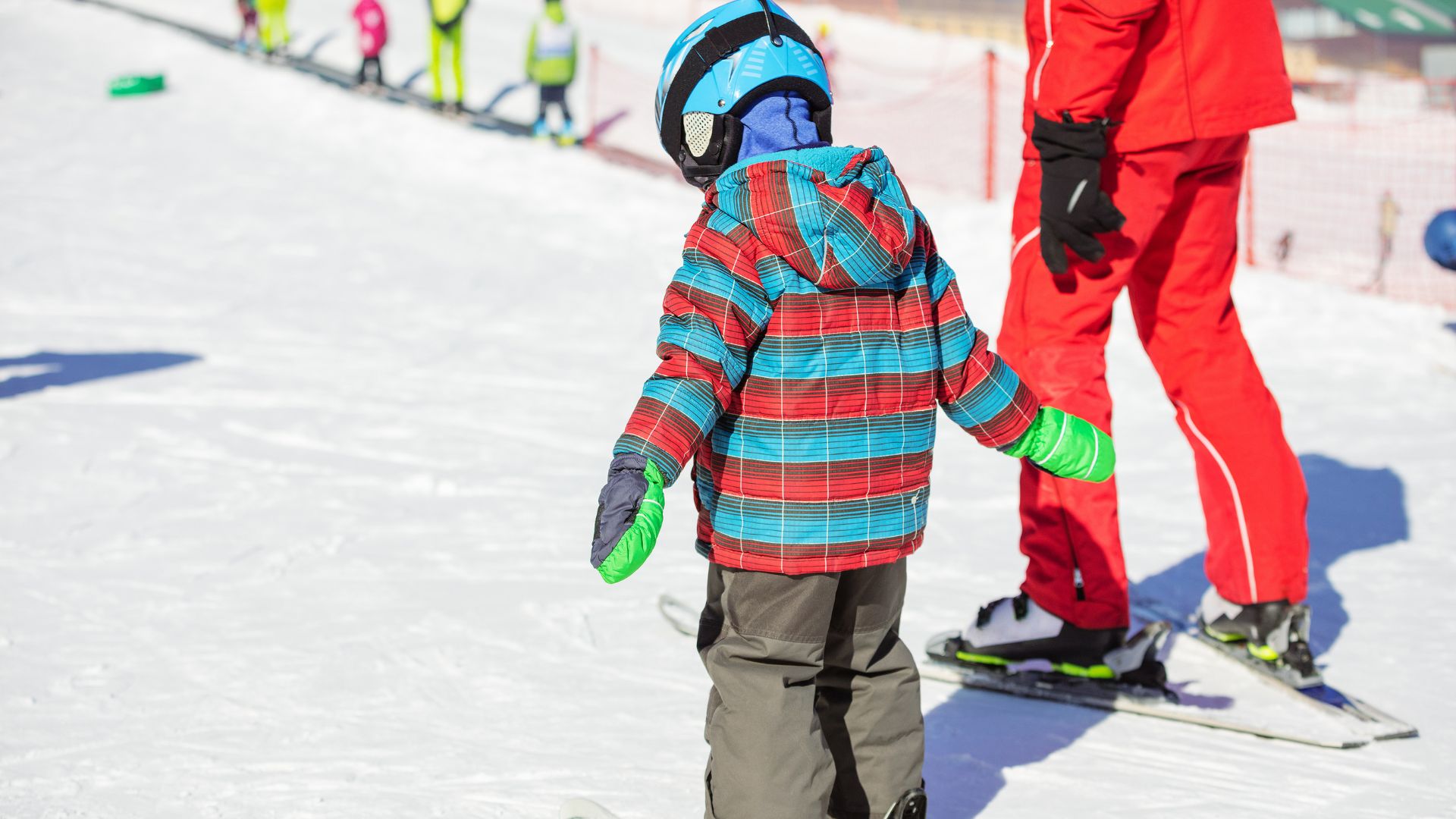
How to Teach Kids to Ski: A Complete Parent’s Guide
Skiing is a magical winter sport that can bring families closer together and create lifelong...
read More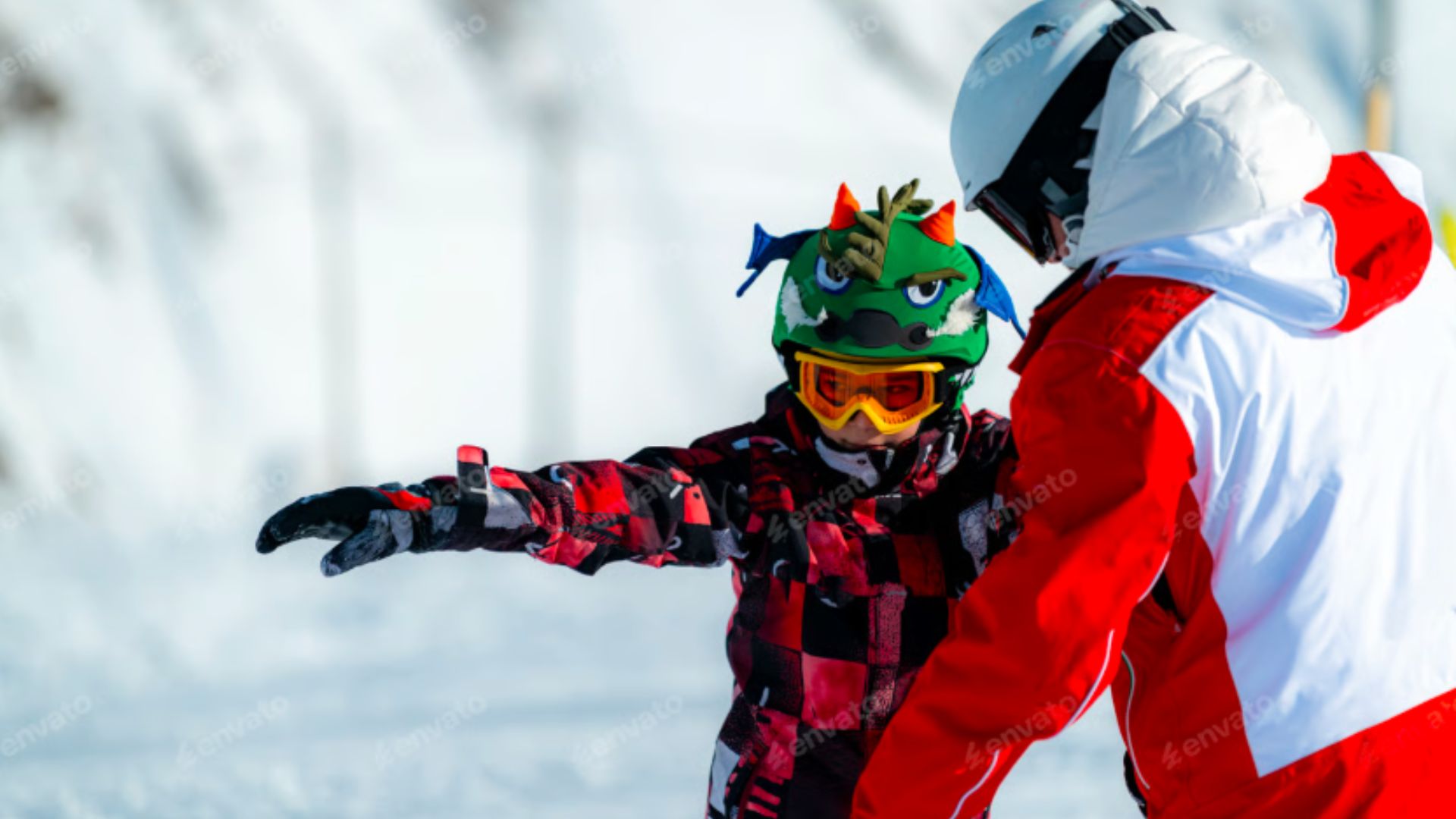
Ski Teaching Techniques: Mastering the Art of Ski Instruction
Teaching skiing is more than guiding someone down a slope—it’s about using ski teaching techniques...
read More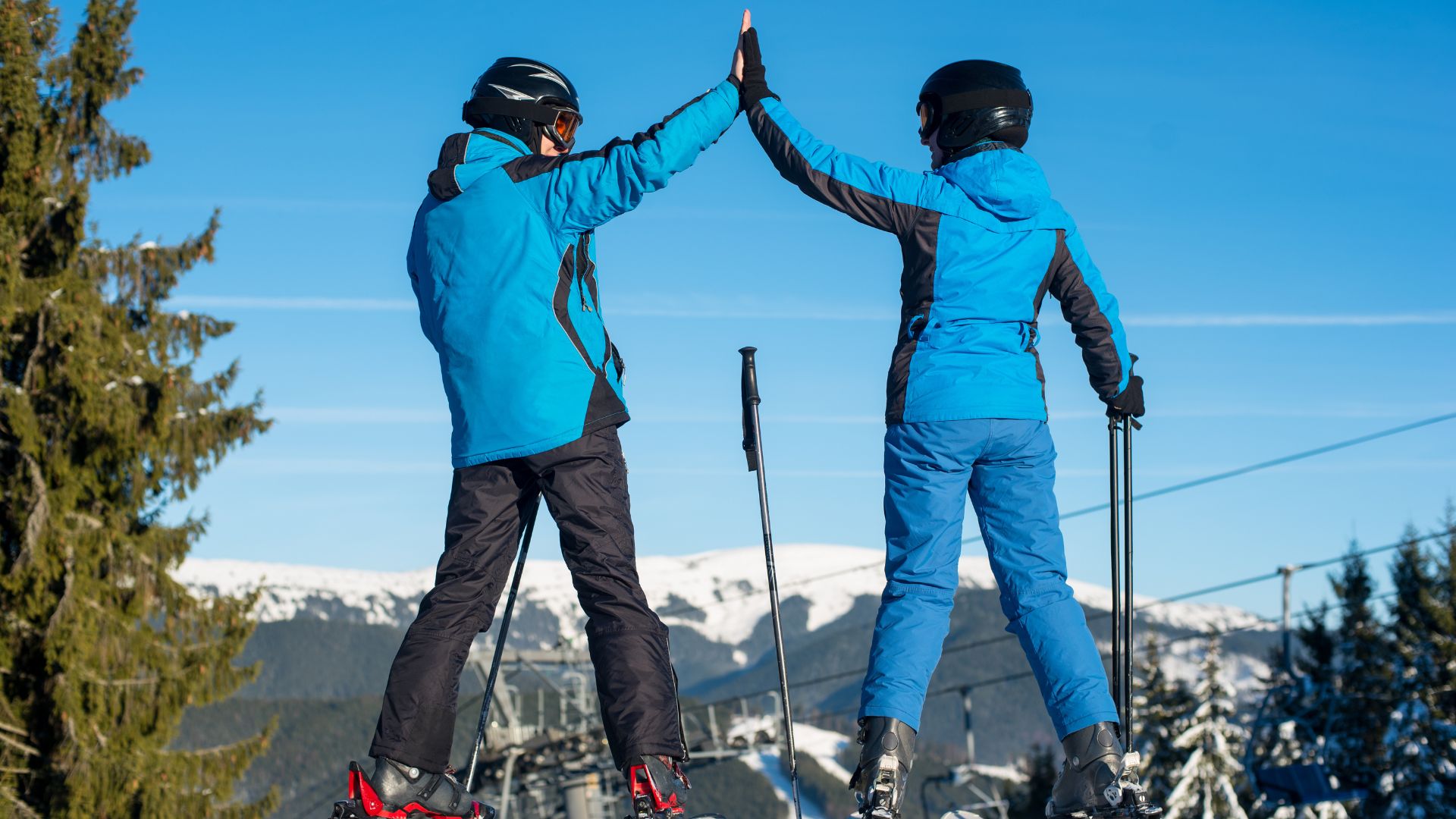
How to Become a Private Ski Instructor and Build Your Career on the Slopes
If you’ve ever dreamed of turning your passion for skiing into a career, you’ve probably...
read More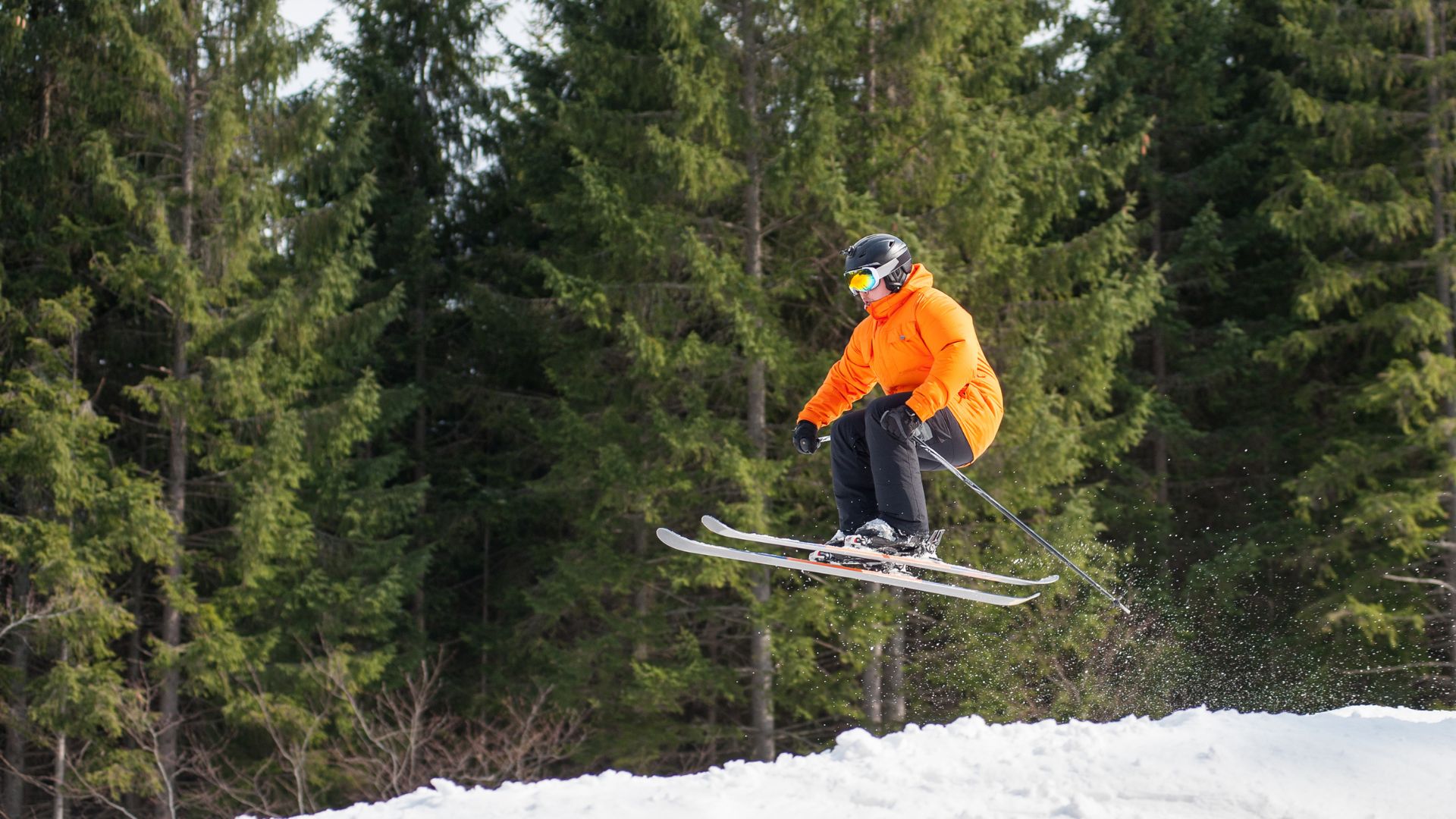
Where Can I Learn to Ski Jump: Lessons, Schools, and Tips
If you’ve ever watched athletes soar gracefully off a ski jump and wondered, where can...
read More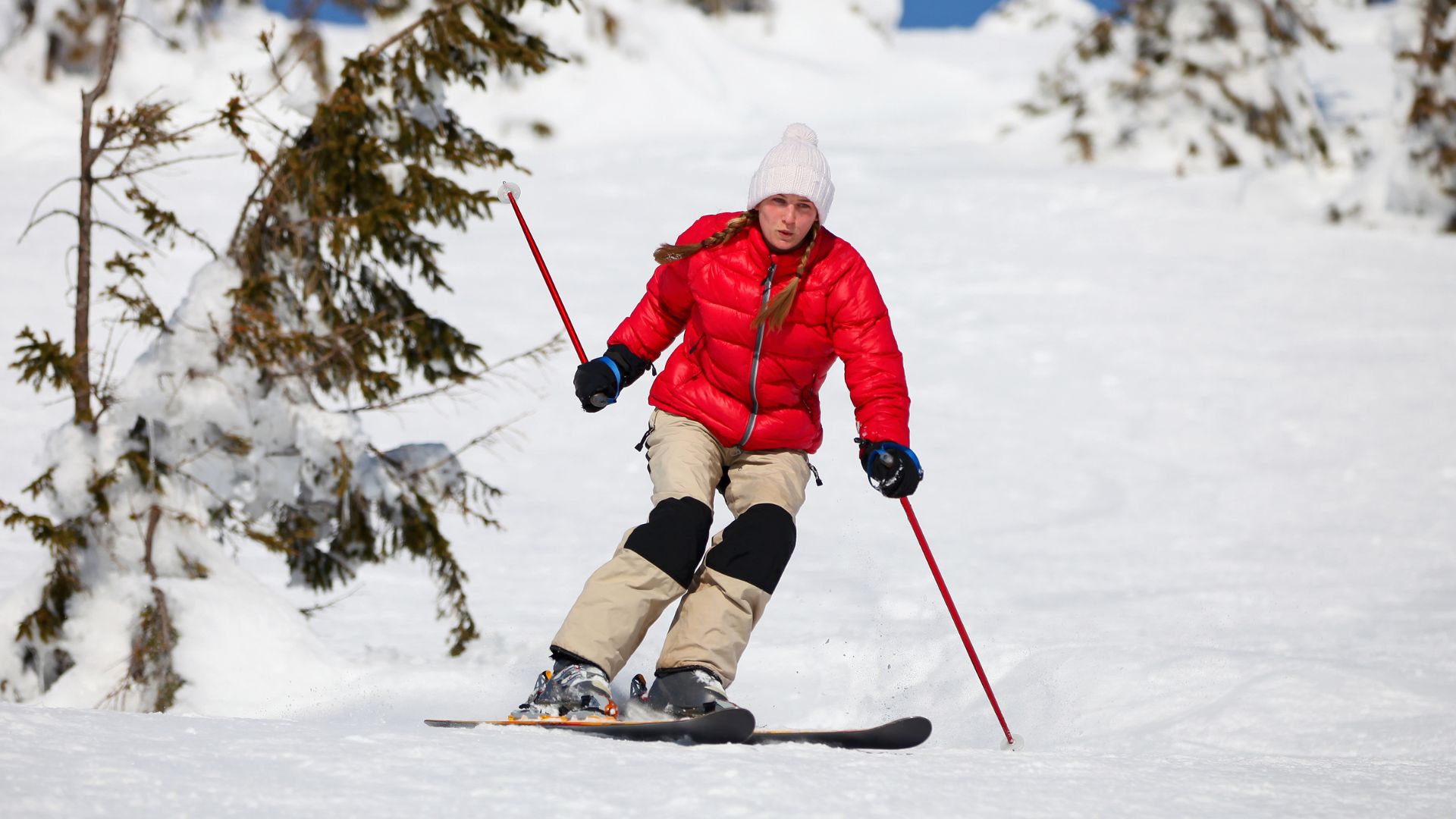
Skiing Safety Tips for Beginners: A Complete Guide to Staying Safe on the Slopes
If you’re new to skiing, the excitement of hitting the slopes can quickly turn overwhelming...
read More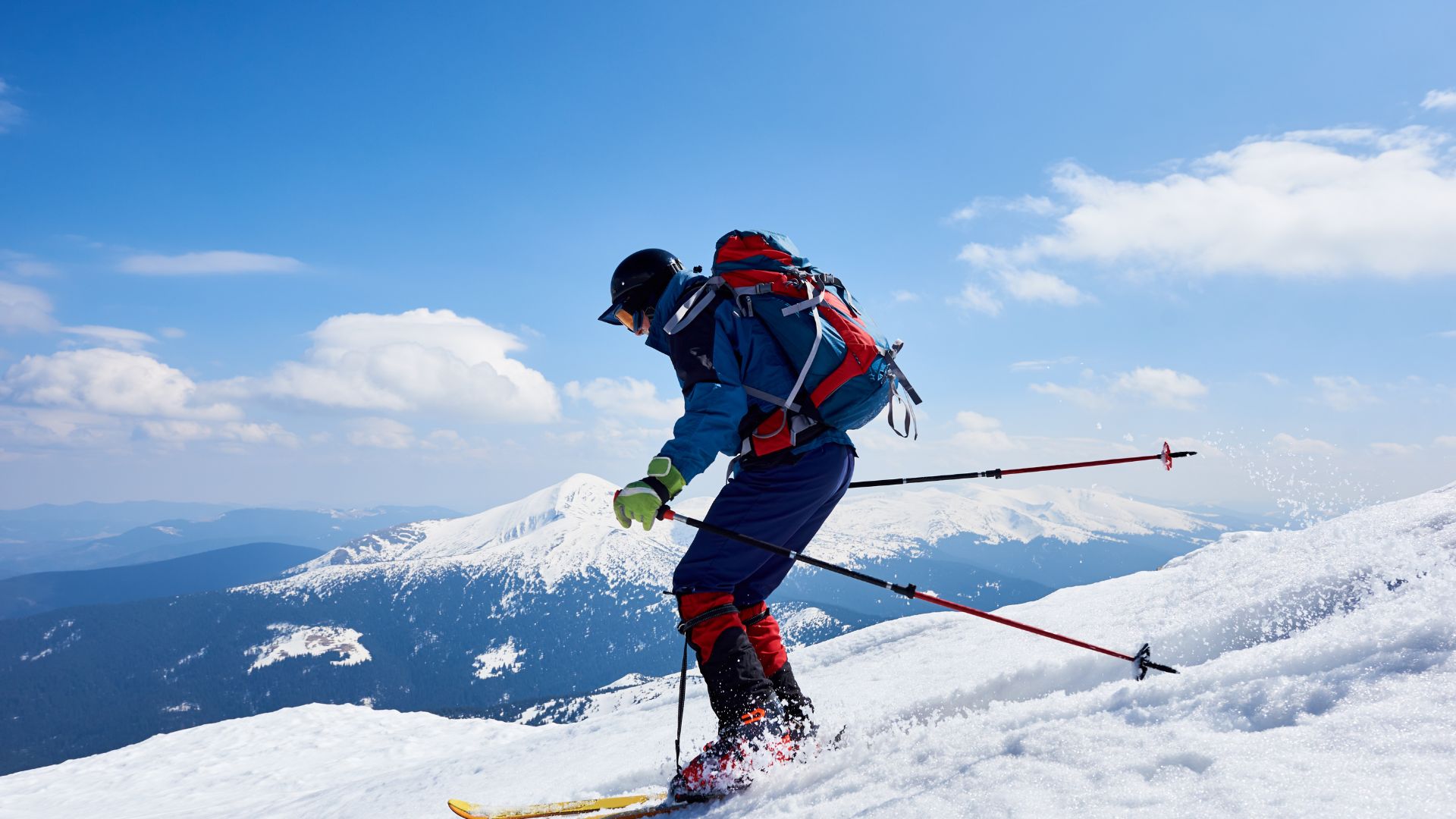
Off Piste Ski Training: Master Backcountry Skiing
Off piste ski training is essential for anyone wishing to elevate their skiing skills beyond...
read More